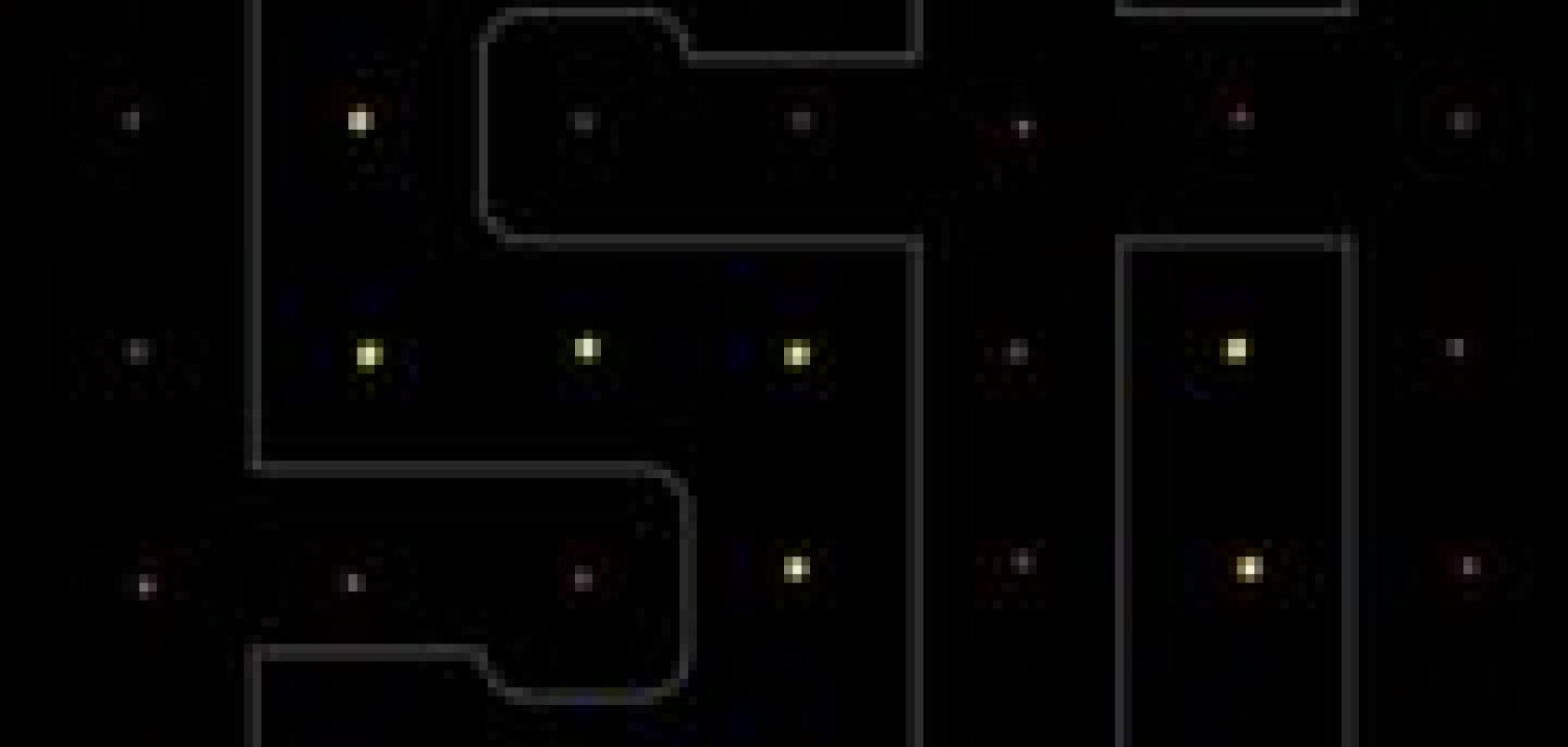A new technique has been developed that uses ultrafast laser pulses to print nanoparticles. The teams of scientists from the Nanophotonics Group of the Laser Zentrum Hannover (LZH) in Germany were able to generate perfectly round silicon nanoparticles with a diameter of 165nm, and arrange them in ordered structures. The research, which was published in the March issue of Nature Communications, will allow for structures such as nanoantennas, nanolasers and metamaterials to be printed in the future.
Nanoparticles exhibit the unique optical property to scatter only light of a particular wavelength. Irradiated with white light and depending on their size, shape and on the interaction with their environment, they appear in a certain colour. Therefore, they can be used for various applications in medicine and sensor technology.
The technique developed at LZH can print nanoparticles with sizes in the two to three digit nanometre range made of different materials, such as metals, semiconductors and dielectrics. Afterwards, these nanoparticles can be precisely deposited on a receiver substrate.
The starting point for the fabrication process is a thin layer of the material of which the nanoparticles shall be made. This layer is irradiated and molten using a single ultrashort laser pulse. Owing to the surface tension of the molten material, a nanosphere is formed which moves up and is finally captured by the receiver substrate (see figure 1). The position of the particles on the receiver material can be controlled very precisely.

Figure 1: Molten silicon forms nanoparticles which, due to the surface tension, fly onto a receiver substrate
‘This novel method is the first that allows for both fabricating and precisely depositing nanoparticles of a certain size,’ explained Professor Dr Boris Chichkov, head of the Nanotechnology Department at the LZH. ‘In this respect, our method is far superior to chemical processes which can produce large quantities of nanoparticles but not place them at the desired position.’ With this method, two- or three-dimensionally arranged particle structures, such as nanoantennas, nanolasers and metamaterials, can be generated.
The fabrication of silicon nanoparticles of a certain size is particularly interesting because of their special optical properties: They mainly scatter the visible light strongly, and besides the electrical field they also react to the magnetic field component. Other materials, however, almost exclusively interact with the electrical field only. After printing, the fabricated silicon particles are in amorphous phase and can be transformed into the crystalline phase with a second laser pulse.
‘The results have already led to the emergence of silicon nanophotonics as a new research field of worldwide interest,’ said Chichkov. ‘Therefore, the new method will certainly find many new applications.’


